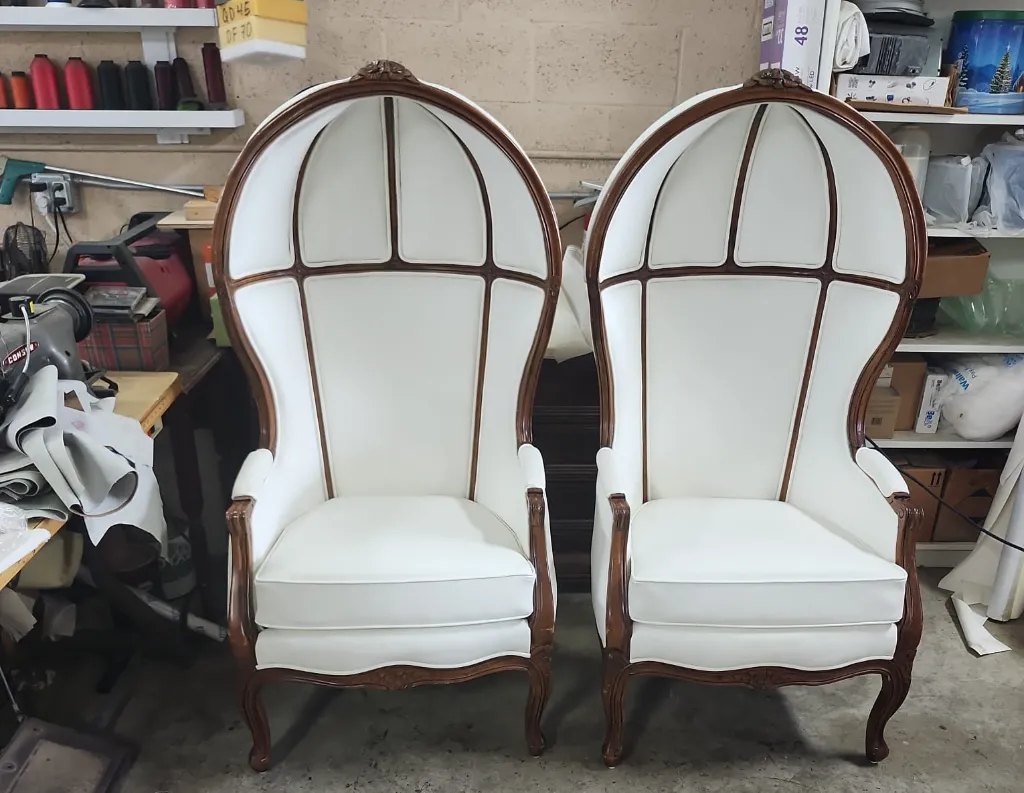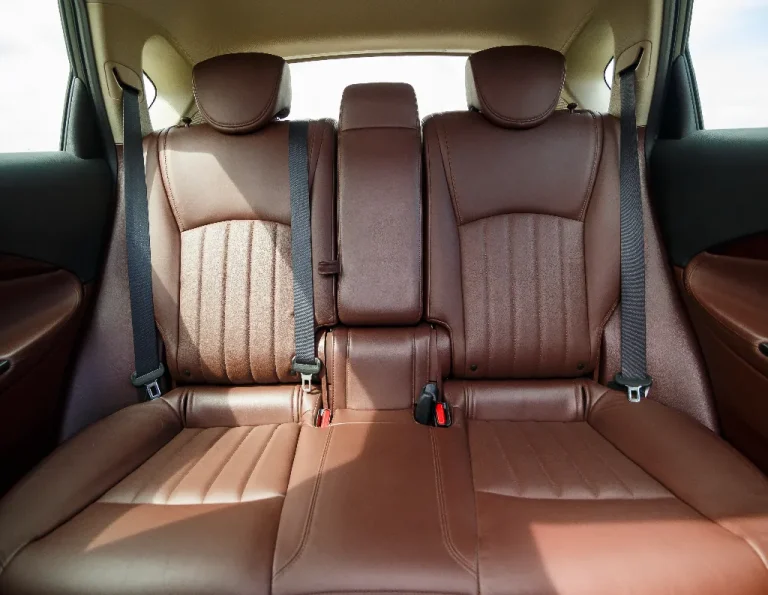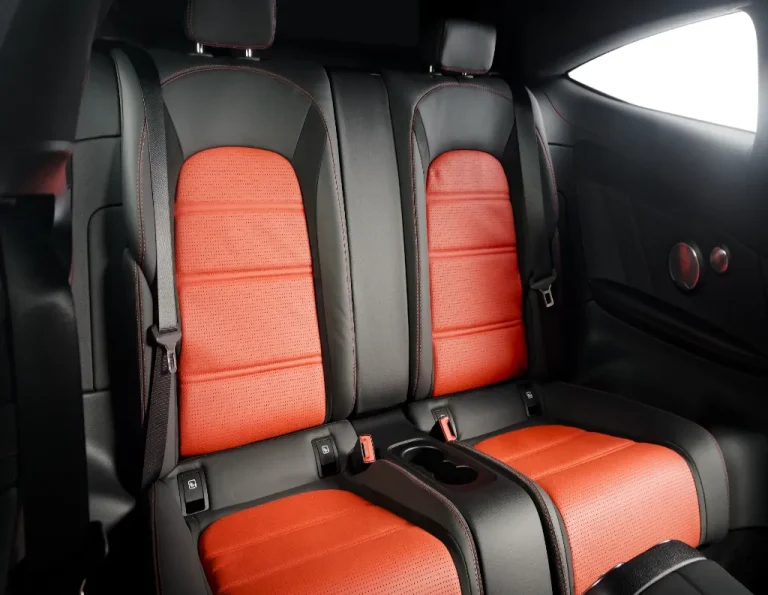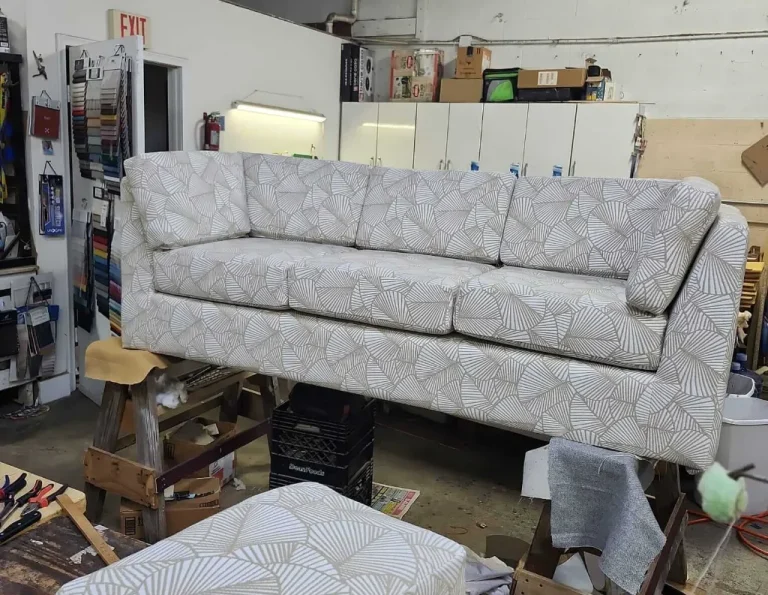What Falls Under Upholstery: A Comprehensive Guide
What Falls Under Upholstery: A Comprehensive Guide
Upholstery involves the art and science of covering furniture with padding, fabric, or leather. It enhances both the comfort and appearance of various furniture pieces, from chairs and sofas to beds and decorative items. This article will explore the history of upholstery, types of techniques used, key components of upholstered furniture, and practical benefits. It will also highlight specific contexts, such as automotive and marine upholstery, and provide guidance on choosing and caring for upholstered items.
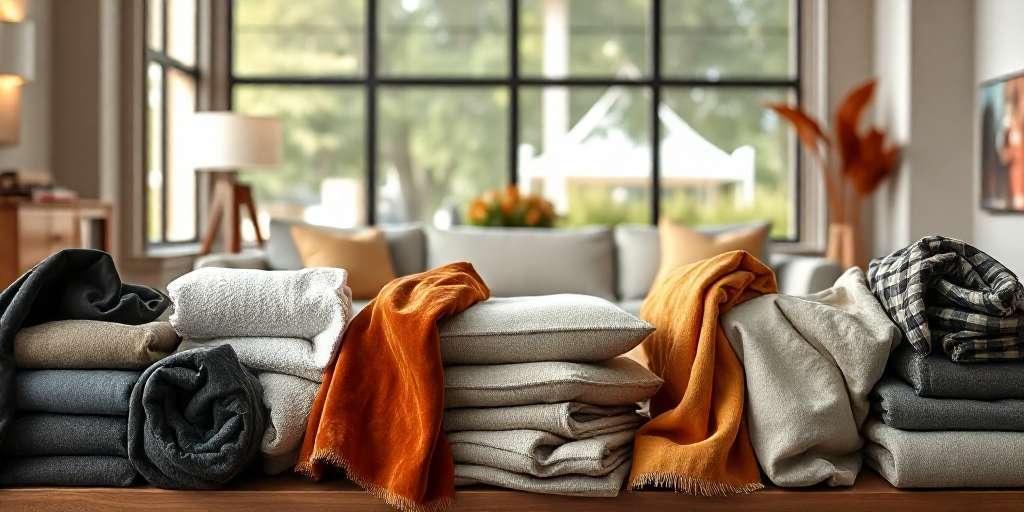
What is Upholstery?
Upholstery encompasses the art and craft of providing furniture, especially seating, with padding, springs, fabric, or leather. It serves to enhance both the aesthetic appeal and the comfort of furniture pieces. This practice has evolved significantly over the years, marrying traditional techniques with modern innovations.
The upholstery process involves several crucial steps and components. Key elements include:
- Selection of materials such as fabrics and padding.
- Preparation of furniture frames to ensure strong support.
- Application of various techniques to secure cushioning effectively.
Different materials play a vital role in defining the quality and style of upholstered furniture. Choices commonly feature natural fibers, synthetic fabrics, leather, and vinyl, each offering unique properties and benefits. The right selection not only impacts the furniture’s appearance but also its durability and usability in diverse settings.
Upholstery fulfills both functional and decorative roles. It contributes to the overall interior design, providing warmth and comfort to living spaces. By customizing furniture with upholstery, individuals can express personal style while ensuring their furniture remains practical and inviting.
Historical Evolution of Upholstery
The evolution of upholstery reflects changes in society’s needs and stylistic preferences over centuries. This journey showcases the development of techniques and materials that have shaped upholstered furniture into what it is today.
Upholstery in the 17th Century
During the 17th century, upholstered furniture began to gain popularity, primarily among the affluent classes. The use of luxurious materials, such as velvet and brocade, became commonplace.
- Furniture pieces were often covered with intricate designs and elaborate patterns, showcasing wealth and status.
- As technology advanced, more techniques emerged, allowing for greater versatility in designs.
- Notable styles included the rise of upholstered chairs, which combined comfort with intricate woodworking.
Developments in the 18th Century
The 18th century marked a significant turning point in the history of upholstery. This period saw the emergence of defined upholstery styles that emphasized both comfort and artistry.
- Craftsmanship was elevated, with artisans beginning to incorporate springs that enhanced seating comfort.
- Furniture designs evolved to include curvier forms, complemented by contrasting upholstery fabrics.
- The collaboration between upholsterers and furniture makers thrived, leading to exquisite works of art.
Modern Advancements in Upholstery
The 19th and 20th centuries ushered in numerous innovations that revolutionized the upholstery trade. The Industrial Revolution played a crucial role in making upholstered goods more accessible.
- Manufacturers began using synthetic materials, enhancing durability while lowering costs.
- Techniques like mass production introduced a new level of efficiency, changing how upholstery was approached.
- The focus shifted towards ergonomics, leading to the design of furniture that catered to comfort in a modern context.
Types of Upholstery
Upholstery can be categorized into two main styles: traditional and modern techniques. Each has distinct characteristics and materials that cater to various preferences and needs.
Traditional Upholstery Techniques
This method relies heavily on artisanal craftsmanship and materials. It emphasizes quality and the historical significance of the furniture being upholstered.
Materials Used in Traditional Upholstery
- Natural fibers such as cotton, linen, and wool
- Animal hair, including horsehair and goat hair
- Jute and coir for added durability
- Wood and metal elements for structural integrity
Traditional Upholstered Furniture Styles
- Antique furniture that showcases period-specific designs
- Victorian and Rococo styles with elaborate detailing
- Chesterfield sofas often featuring deep button tufting
Modern Upholstery Techniques
Modern upholstery incorporates contemporary materials and methods, focusing on efficiency and innovative design without compromising comfort.
Synthetic Materials and Fabrics
- Polyester and nylon as affordable and versatile options
- Microfiber fabrics for their stain-resistant properties
- Eco-friendly materials like recycled plastics
Designing for Comfort and Durability
Contemporary upholstery prioritizes user experience. Comfort-driven designs often feature:
- High-density foam cushioning for support
- Ergonomic shapes to cater to body contours
- Durable fabrics that withstand everyday wear and tear
Key Components of Upholstered Furniture
The design and comfort of upholstered furniture largely depend on its core components. Each element plays a crucial role in determining not only the durability but also the overall aesthetic appeal of the piece.
The Frame: Foundation of Comfort
A strong and stable frame is essential for any upholstered item. Typically made from hardwood or metal, the frame ensures support and longevity. Structural integrity must be prioritized during construction, as it bears the weight and use of the furniture over time.
Springs and Webbing: Creating Support
Springs and webbing contribute significantly to the comfort and bounce of upholstered furniture. They are vital for distributing weight evenly, allowing for a more enjoyable sitting experience.
Coil Springs vs. Modern Alternatives
Coil springs have been a traditional choice, offering sturdy support. However, modern alternatives like sinuous springs provide flexibility and durability, making them ideal for a range of furniture styles.
Stuffing and Cushioning for Comfort
The cushioning used in upholstery directly influences comfort and support. Proper stuffing ensures that the furniture feels inviting and plush, encouraging longevity.
Materials Used for Cushioning
- Foam: Known for its resilience and comfort.
- Natural fibers: Such as cotton and down, offering a softer feel.
Foam vs. Traditional Stuffing
While foam cushions are popular for their supportive qualities and ease of maintenance, traditional stuffing materials, like down, can provide an unmatched softness. Each type has its benefits depending on the desired balance of support and comfort.
Fabrics and Materials: Style and Function
Choosing the right fabric also affects both the look and functionality of the piece. The fabric must complement the design while being suitable for the intended use.
Choosing the Right Upholstery Fabric
Considerations include durability, texture, and maintenance requirements. Selecting a fabric that matches lifestyle needs is essential for ensuring the furniture remains appealing over time.
Materials Like Leather and Vinyl
Leather provides a luxurious appearance and is known for its durability, while vinyl offers a cost-effective alternative with easy maintenance options. Both materials are widely used in various upholstery applications.
Practical Uses and Benefits of Upholstery
The multifaceted nature of upholstery provides several practical uses that enhance furniture and living spaces. These benefits contribute significantly to the comfort, aesthetics, and functionality of various furnishings.
Enhancing Comfort and Durability
One of the key advantages of upholstery is the boost in comfort it offers. It transforms hard surfaces into plush seating that supports relaxation and enjoyment. Upholstered furniture typically includes:
- Soft cushioning that adapts to the body.
- High-quality fabrics that resist wear over time.
- Reinforced structures that maintain stability and comfort.
This combination of factors leads to furniture that not only feels good but also withstands daily use, providing long-lasting durability.
Customizing for Personal Style
Upholstery allows for remarkable customization opportunities, enabling individuals to reflect their unique taste in decor. Custom options can include:
- A variety of colors, patterns, and textures.
- Unique stitching and finishing details.
- Tailored styles that fit specific aesthetics, from modern to vintage.
Such personalization ensures that upholstered pieces not only serve a functional purpose but also enhance the overall design of a space.
High Traffic Areas: Durability Considerations
In areas where foot traffic is common, the durability of upholstered furniture is crucial. The choice of materials plays a vital role in this context. Some key points to consider are:
- Use of stain-resistant and easy-to-clean fabrics for longevity.
- Reinforced seams and strong support systems to withstand frequent use.
- Options for slipcovers to maintain cleanliness while preserving aesthetics.
By selecting appropriate upholstery, furniture intended for high-traffic areas can remain appealing and functional over time.
Upholstery in Specific Contexts
Upholstery plays a vital role in various specialized environments, offering solutions tailored to specific needs. Different contexts call for unique materials and techniques that ensure both durability and aesthetic appeal.
Automotive Upholstery
The interior of vehicles requires upholstery that withstands heavy use and diverse weather conditions. Automotive upholstery includes not only seats but also door panels and headliners, crafted to provide comfort and style. Key materials commonly used include:
- High-quality cloth and synthetic fabrics, designed for longevity
- Leather, which offers elegance and easy maintenance
- Vinyl, known for its water resistance and durability
Proper automotive upholstery enhances both the visual appeal and the comfort of the driving experience, making it an essential aspect of vehicle design.
Marine Upholstery
In marine environments, upholstery must be resistant to moisture, UV rays, and harsh weather. This specific type of upholstery is crucial for ensuring safety and comfort aboard boats and yachts. Common materials for marine upholstery include:
- Water-resistant fabrics that prevent mold and mildew
- Sunbrella, a popular choice for its UV protection and color retention
- Closed-cell foam, suitable for buoyancy and comfort
Marine upholstery not only provides a comfortable experience on the water but also enhances the visual design of vessels.
Commercial Upholstery
Commercial spaces require upholstery that can endure high traffic while maintaining style. This includes furnishings for restaurants, hotels, and offices where durability and aesthetic appeal are imperative. Options for commercial upholstery often feature:
- Stain-resistant fabrics that facilitate easy cleaning
- Robust construction methods to ensure longevity
- Custom designs that align with branding
Investing in quality commercial upholstery can elevate the overall experience for customers and employees alike, merging functionality with visual sophistication.
Choosing and Caring for Upholstered Furniture
Understanding how to select and maintain upholstered furniture is crucial for ensuring its longevity and functionality. Appropriate fabric choices and regular care can significantly enhance the life of any upholstered piece.
How to Choose the Right Fabric
Selecting the right fabric involves considering various factors, including durability, maintenance, and aesthetics. Fabrics come in a wide array of options, and the best choice depends on the specific use of the furniture.
- Durability: For high-traffic areas, opt for tough fabrics like microfiber or canvas that withstand wear.
- Maintenance: Consider fabrics that are easy to clean, such as treated polyester or synthetic blends.
- Aesthetics: Choose colors and patterns that complement the overall design of the space while reflecting personal style.
Maintenance and Care Tips
- Vacuuming: Regularly vacuum upholstery to remove dust and debris.
- Spot Cleaning: Address spills immediately with a damp cloth and a mild cleaning solution to prevent stains.
- Professional Cleaning: Consider professional cleaning services every few years to maintain fabric integrity.
Having Your Furniture Reupholstered
Reupholstering offers the opportunity to revitalize older furniture or change its style entirely. This process can breathe new life into beloved pieces.
- Evaluate Condition: Assess the furniture’s frame and stuffing quality to determine if reupholstering is viable.
- Choose New Fabric: Select a fabric that complements the existing design or aligns with a new vision.
- Professional Service: Engage skilled craftsmen for a flawless finish and to ensure durability.

